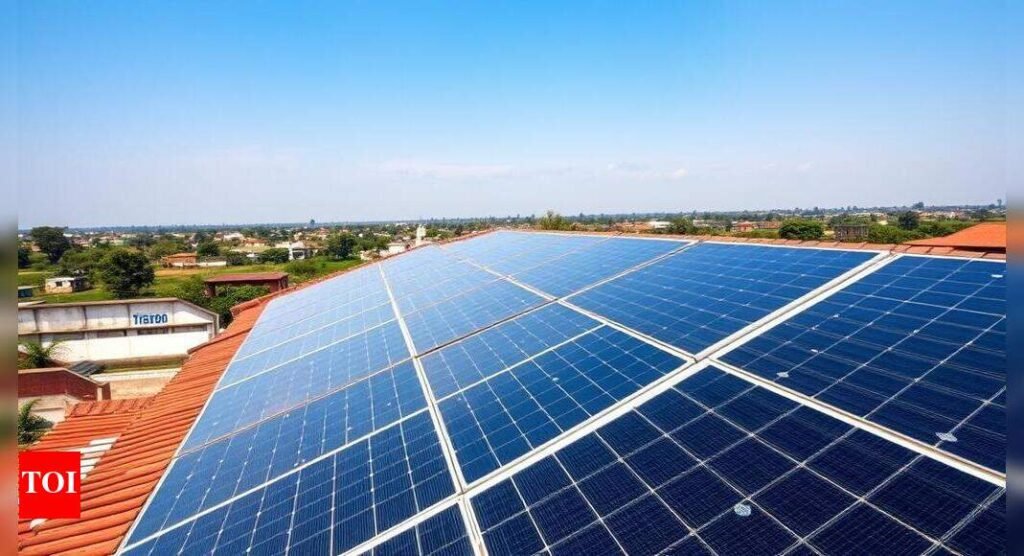BATHINDA: Ten BRICS countries accounted for more than half (51%) of global solar electricity generation in 2024, up from just 15% a decade ago, found energy think tank Ember in a new report released on Thursday. These findings, ahead of the BRICS summit, underscore a major shift in the global energy transition, positioning the bloc as a central player. The analysis highlights how China, India, and Brazil have emerged as the primary drivers of this shift. In 2024, China remained the world’s largest solar generator with 834 TWh of output — nearly three times more than the second-ranked United States. India reached 133 TWh, a fourfold increase since 2019, while Brazil joined the global top five by surpassing Germany with 75 TWh of solar generation. The rise is not just in total generation but also in the share of new electricity demand met by clean power. In 2024, solar alone met 36% of the increase in electricity generation across all BRICS countries, a major jump from 14% in the previous decade and just 0.25% a decade before that. When combined with other clean sources like wind, hydro, and nuclear, 70% of the increase in electricity generation in 2024 came from clean energy. “BRICS countries are no longer on the sidelines of the clean energy transition – they are driving it,” said Muyi Yang, Senior Electricity Analyst at Ember. “They now account for more than half of global solar power generation. As economies like China, India, and Brazil scale up solar at record pace, BRICS is proving that clean electricity can power both economic growth and resilience. Ahead of the summit, these numbers send a clear message: the bloc has the momentum and the opportunity to lead with greater ambition while strengthening energy security and reducing reliance on fossil fuel imports.” China is leading this shift. Clean sources met 82% of the increase in electricity generation in 2024 in the country, with solar alone contributing 41%. Recent Ember data shows that from January to May 2025, China met all its additional electricity demand with clean power. Rapid solar growth, along with strong gains in wind and other clean sources, led to a drop in fossil generation in the country. India and Brazil also registered strong solar growth in January to April 2025, with year-on-year increases of 32% and 35%, in the same period, respectively. While the overall trend is positive, progress among BRICS nations remains uneven. Russia continues to lag far behind in clean growth, with solar generation still below 0.5 TWh in early 2025. In Indonesia, over 75% of electricity growth between 2014 and 2023 came from fossil fuels and Egypt still relies heavily on gas to meet rising demand. However, the economics are changing and there’s an opportunity for all BRICS countries to build on the momentum the bloc has achieved. A recent Ember report shows that 24/7 solar power is now cost-competitive in countries like South Africa when paired with battery storage, thanks to falling battery prices. With solar and other clean technologies becoming increasingly cost-competitive, the BRICS countries have a timely opportunity at this summit to deepen their commitment to clean energy — enhancing energy security and reducing reliance on imported fossil fuels.


